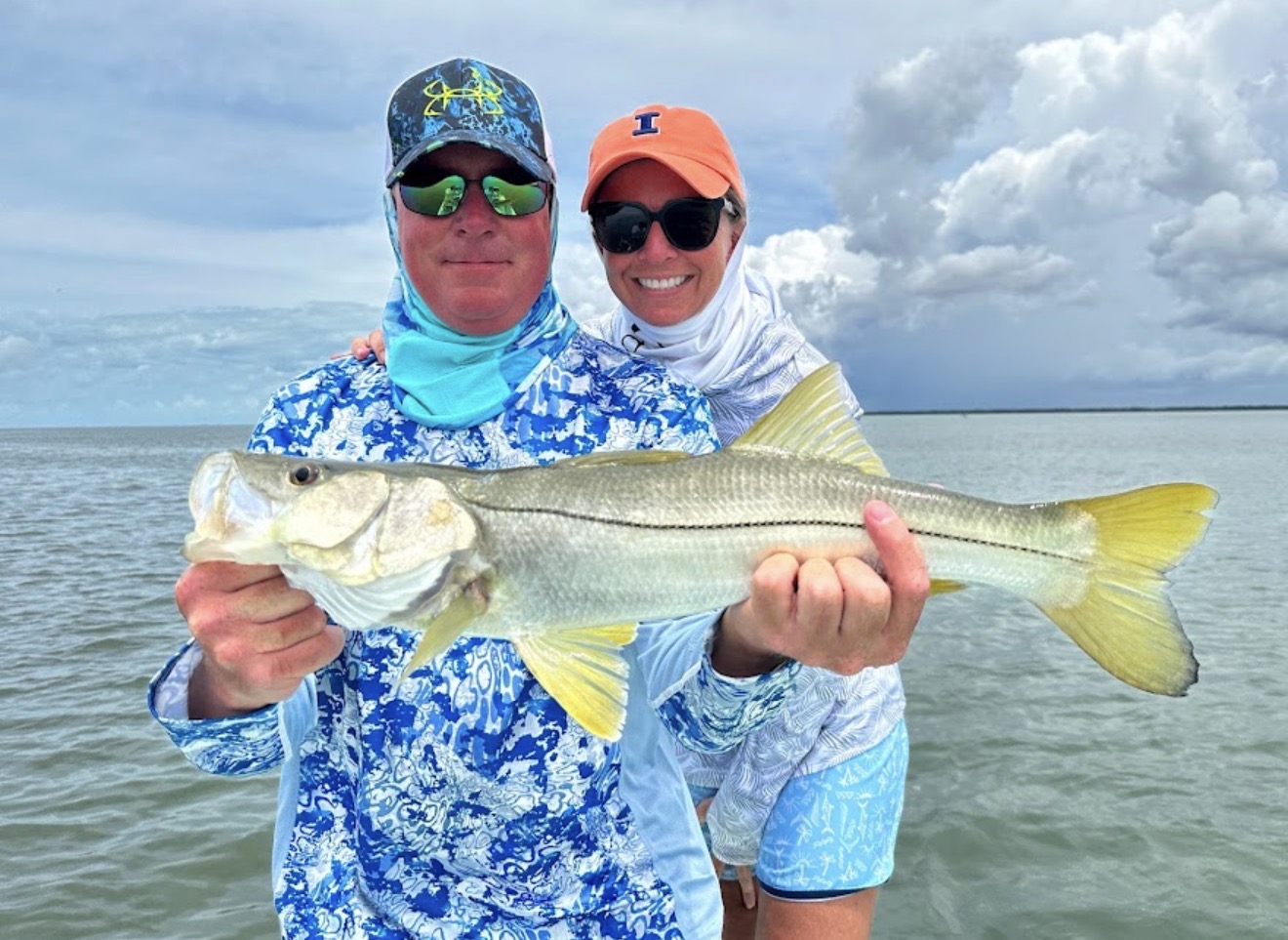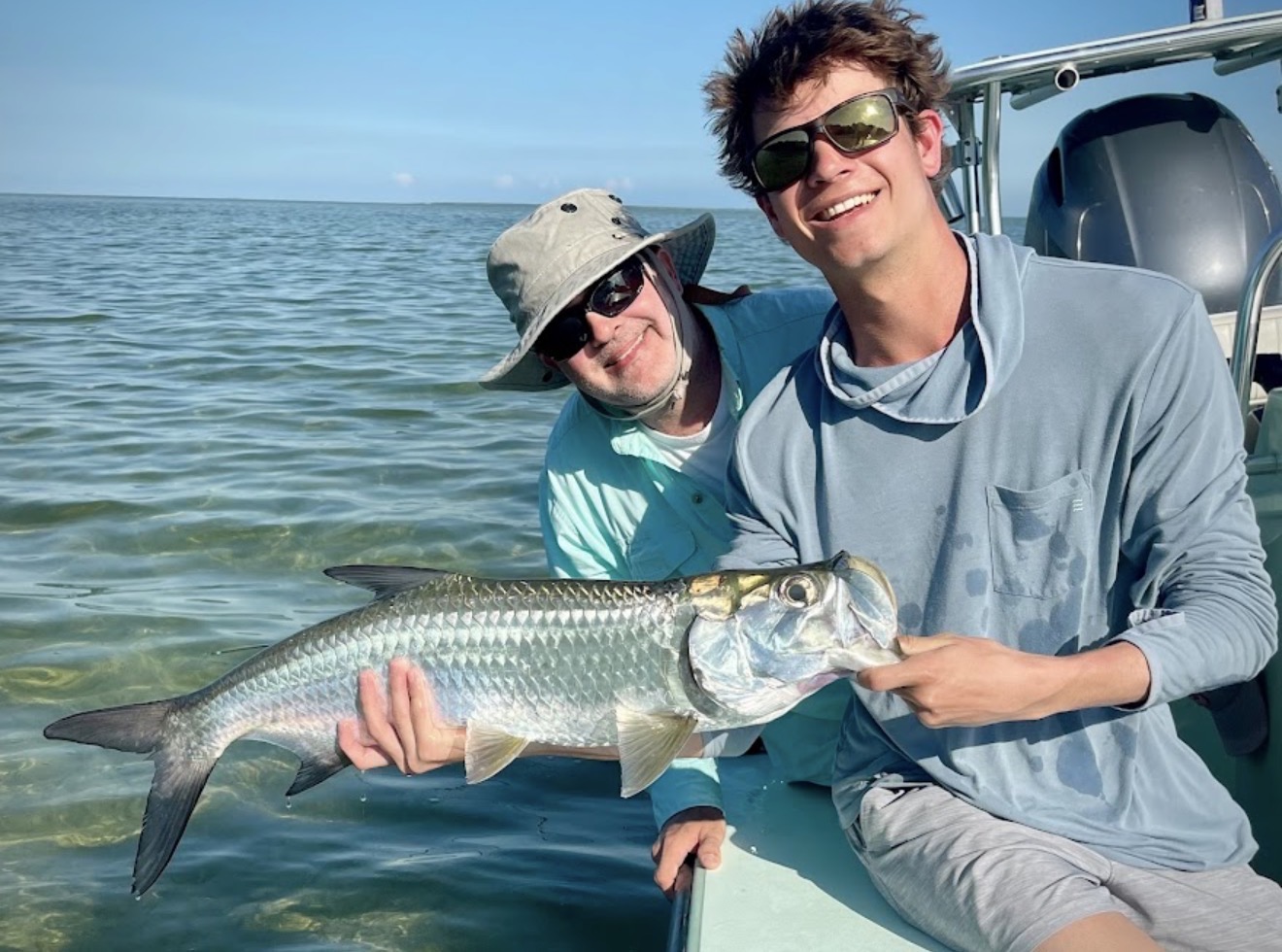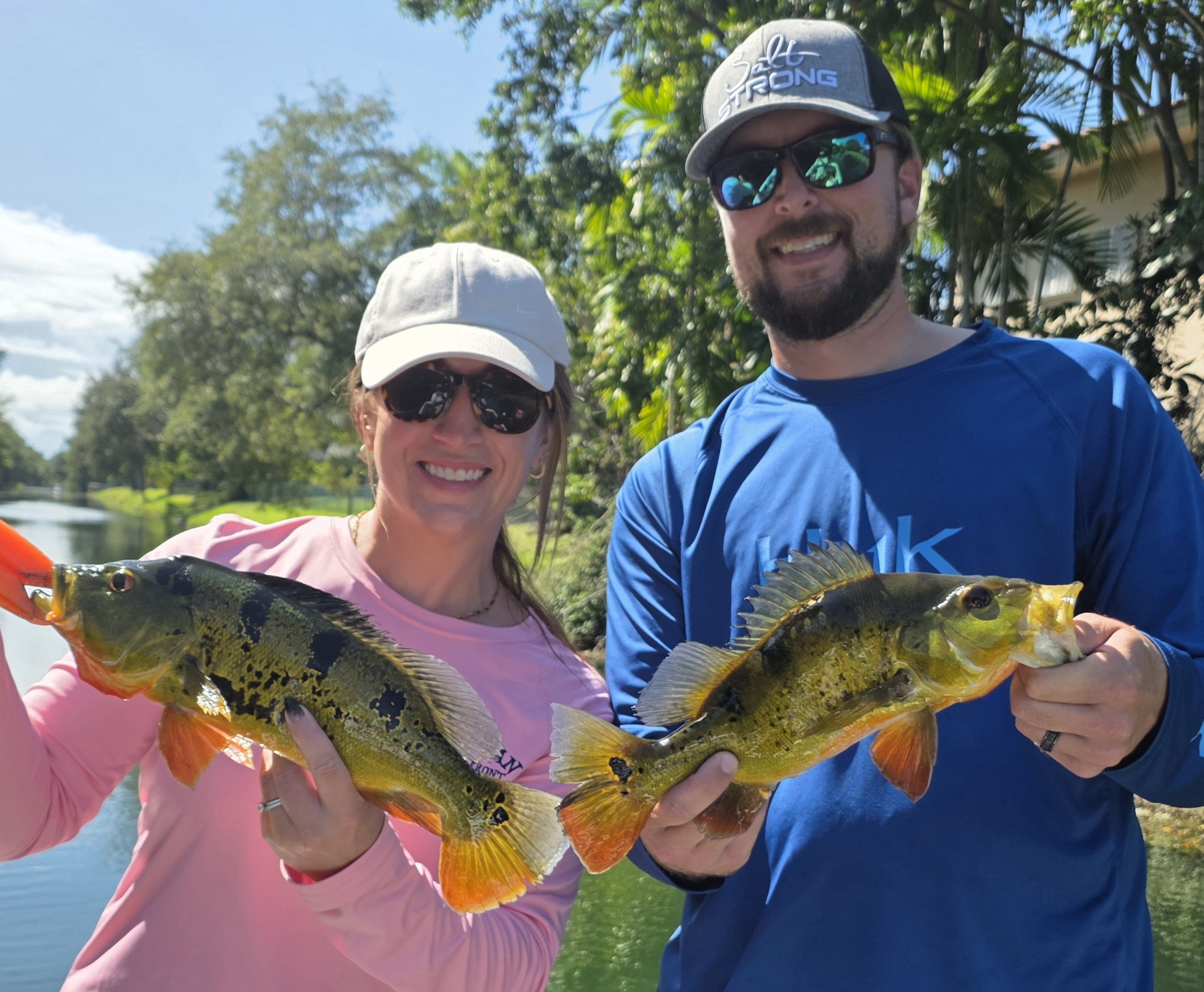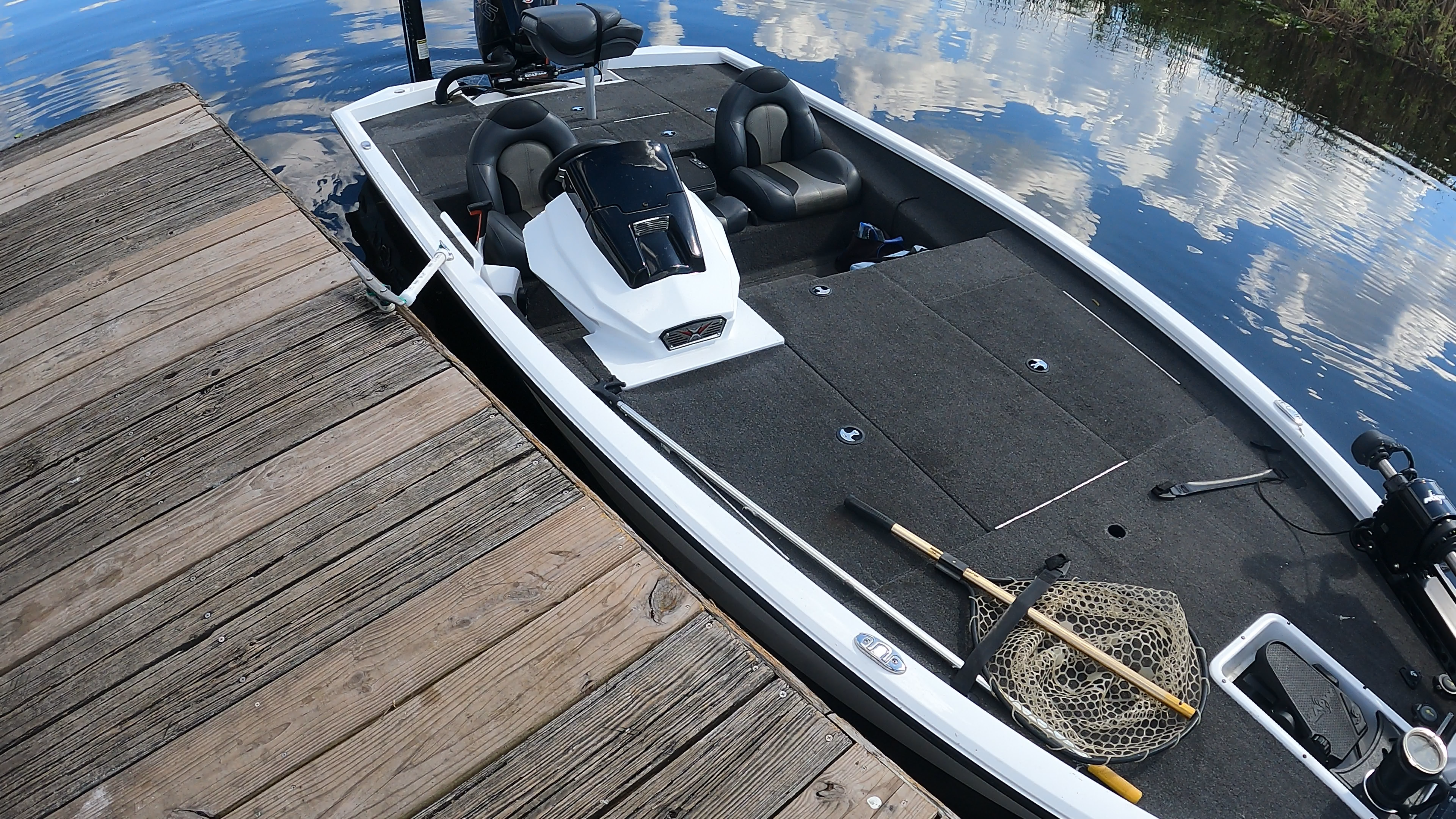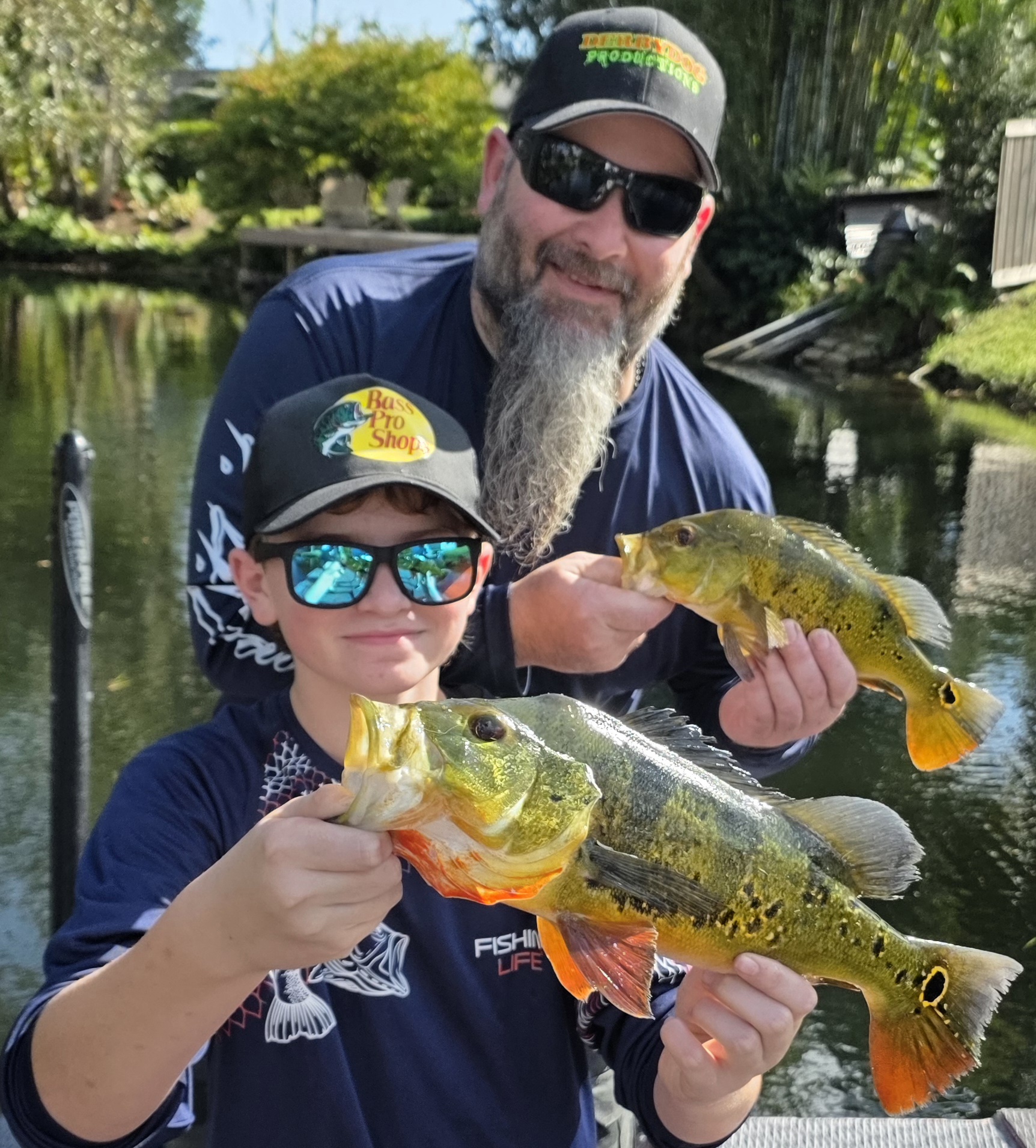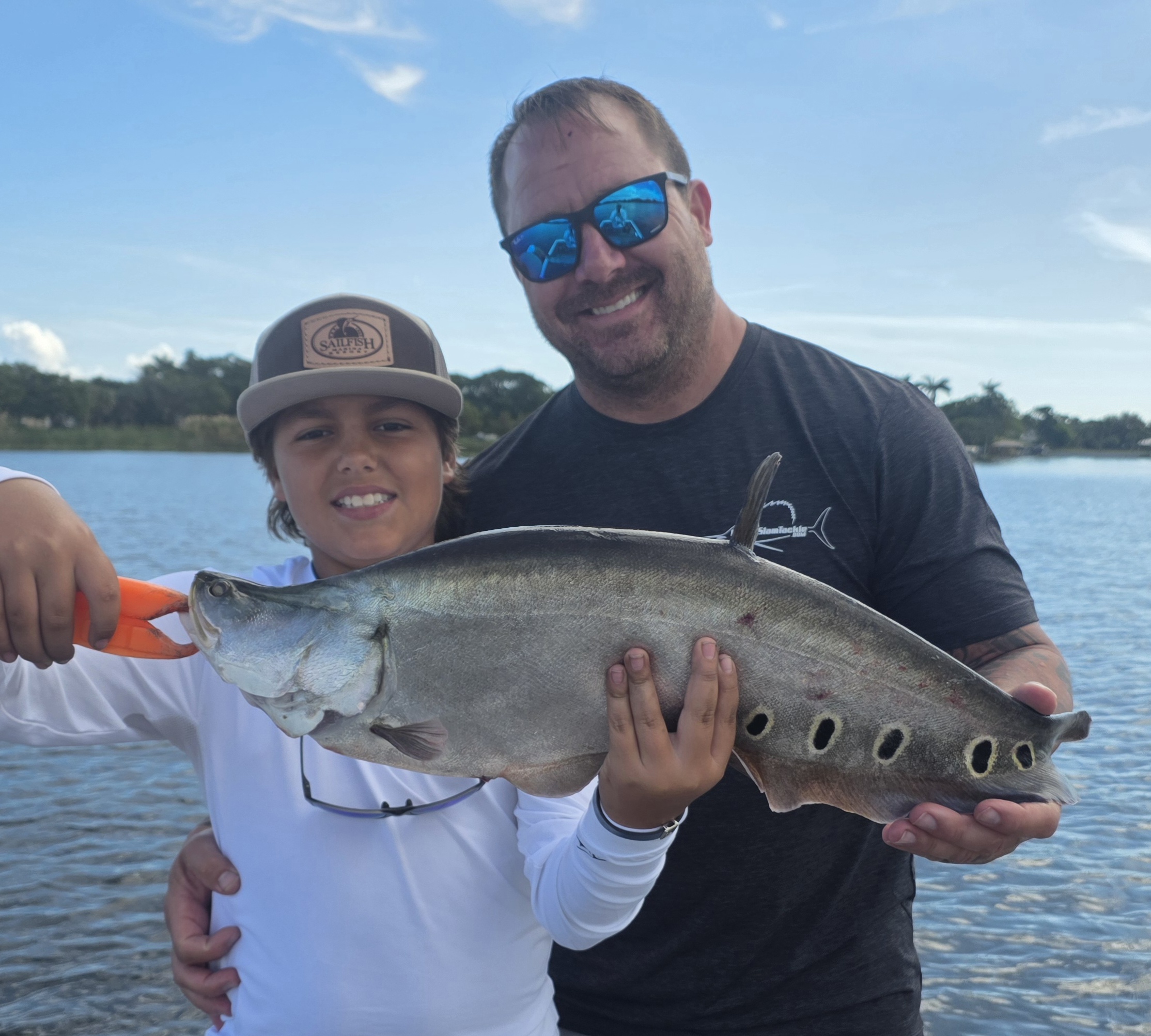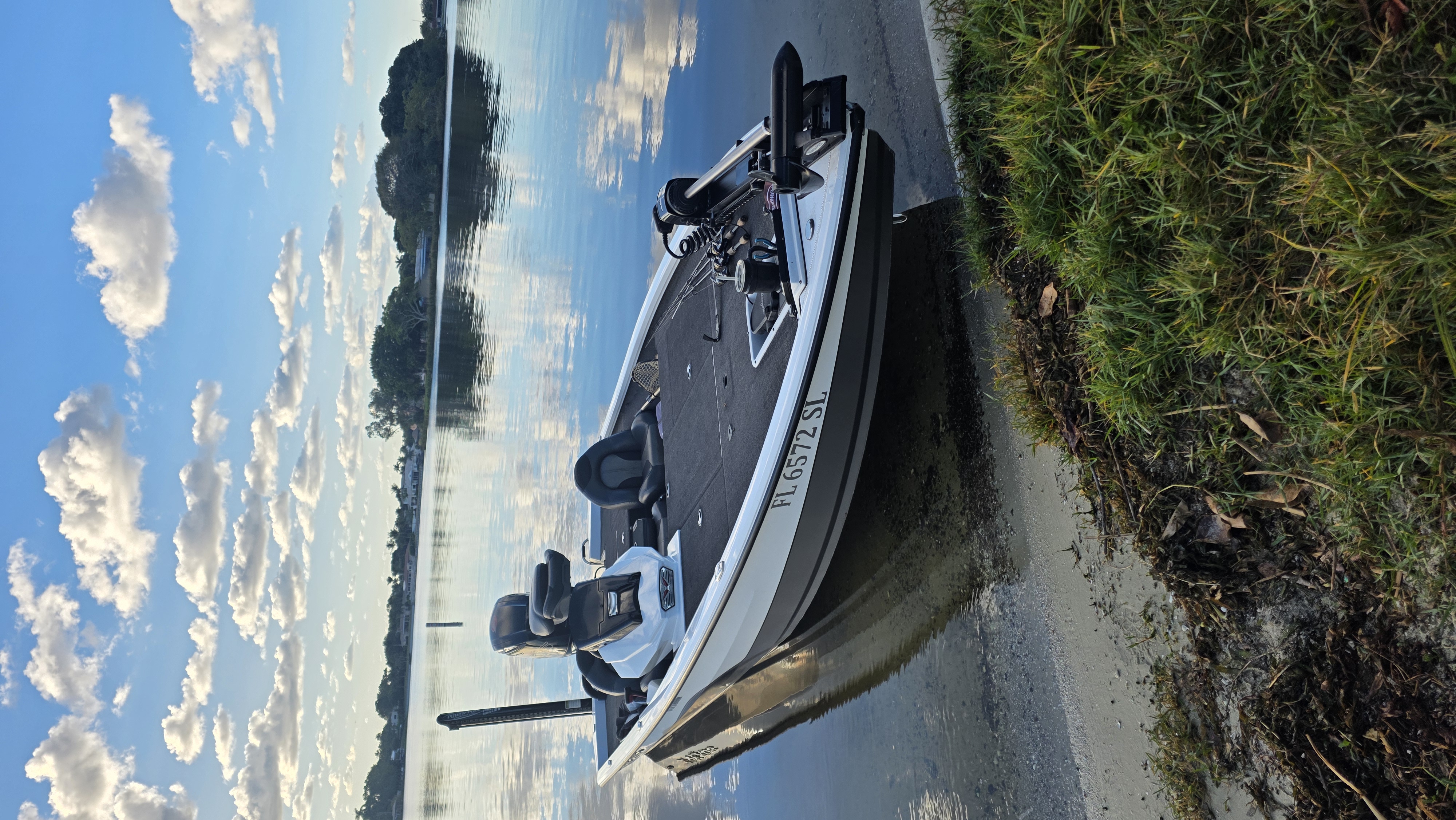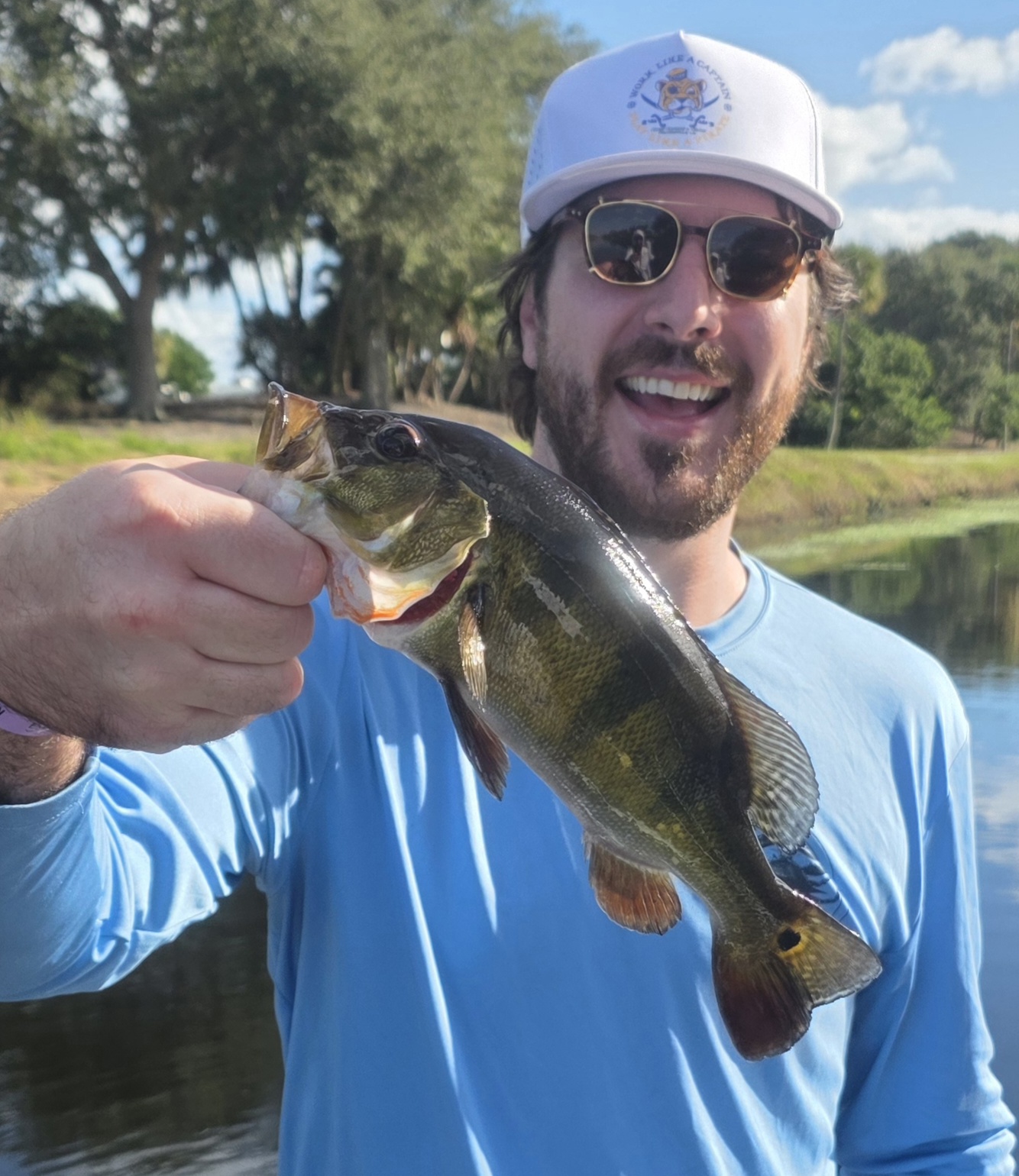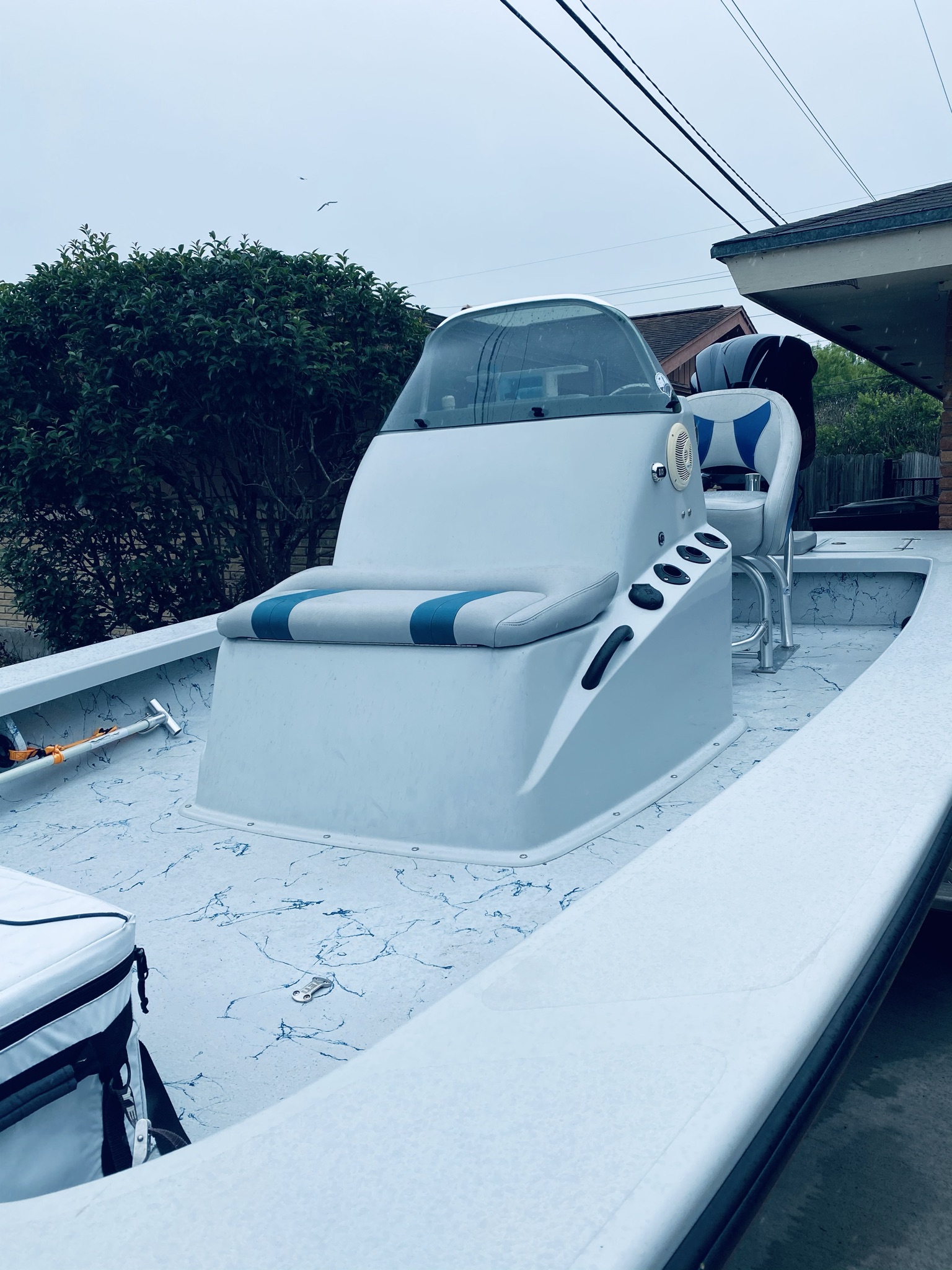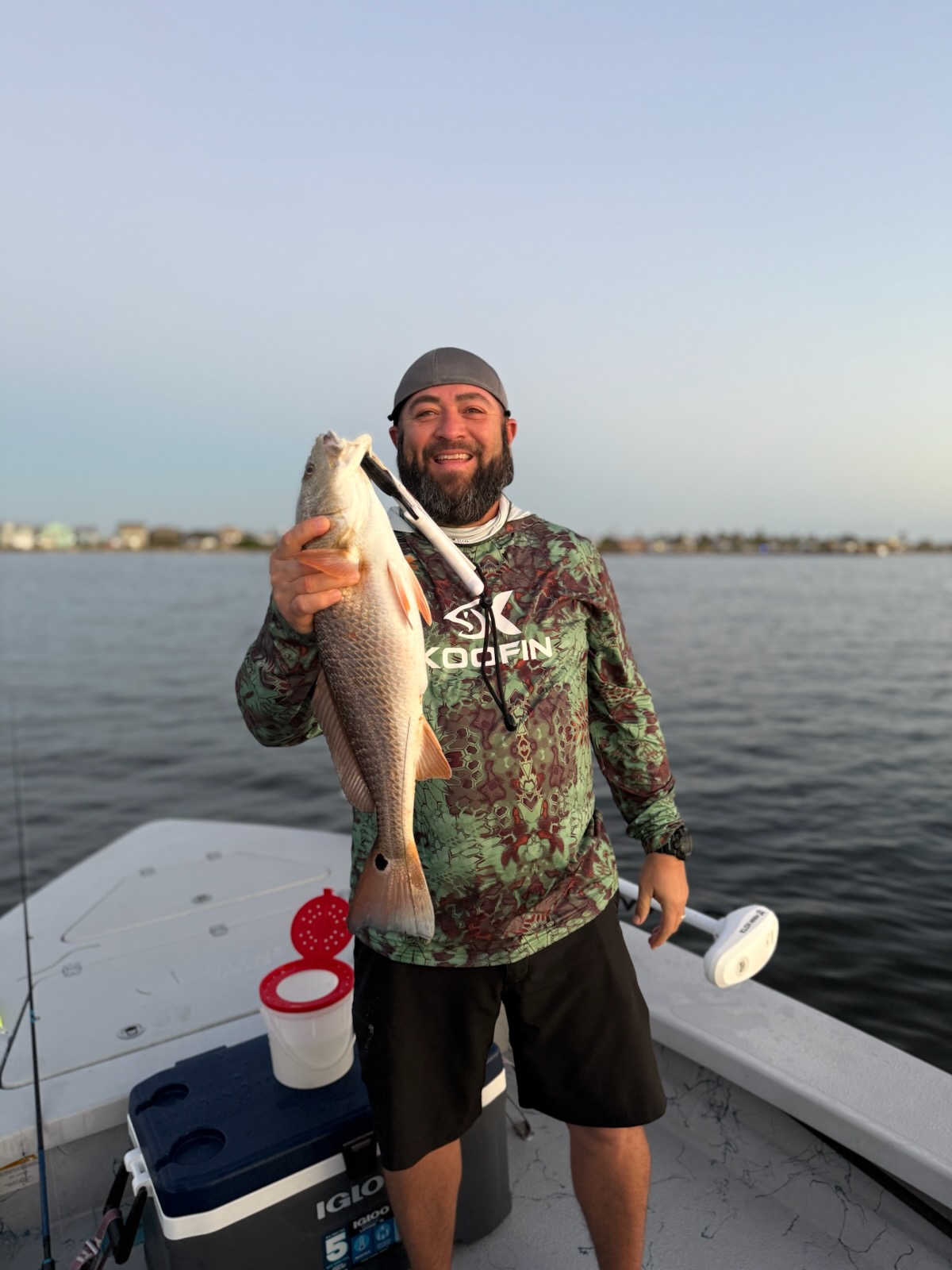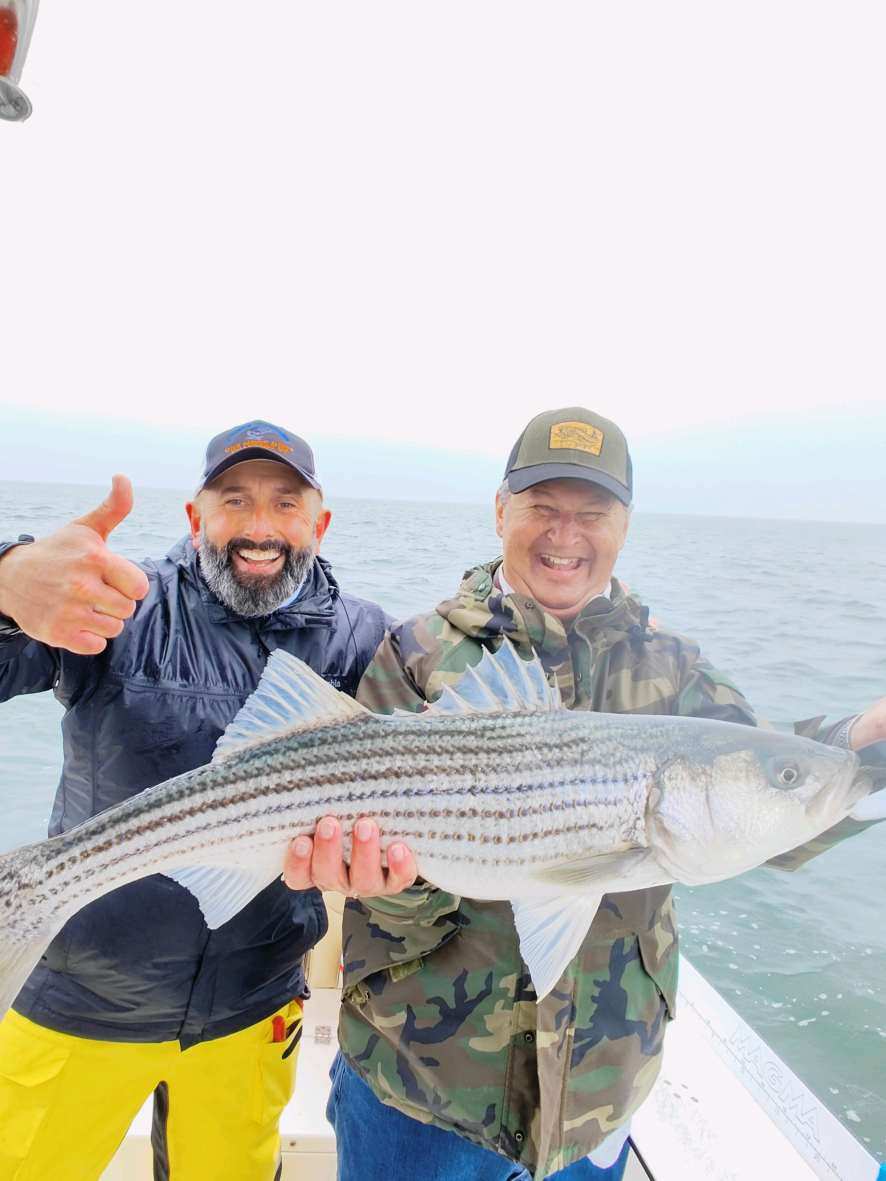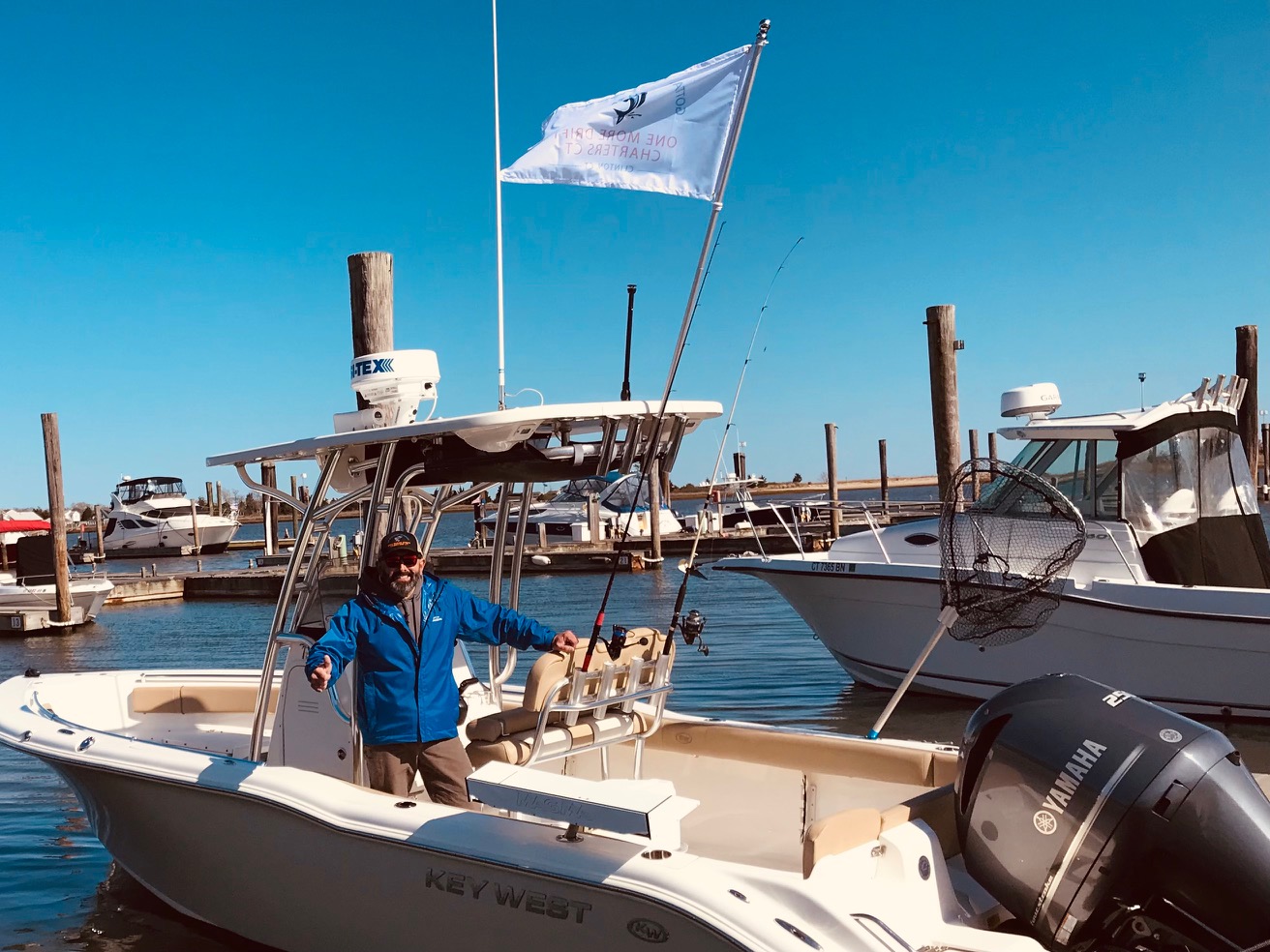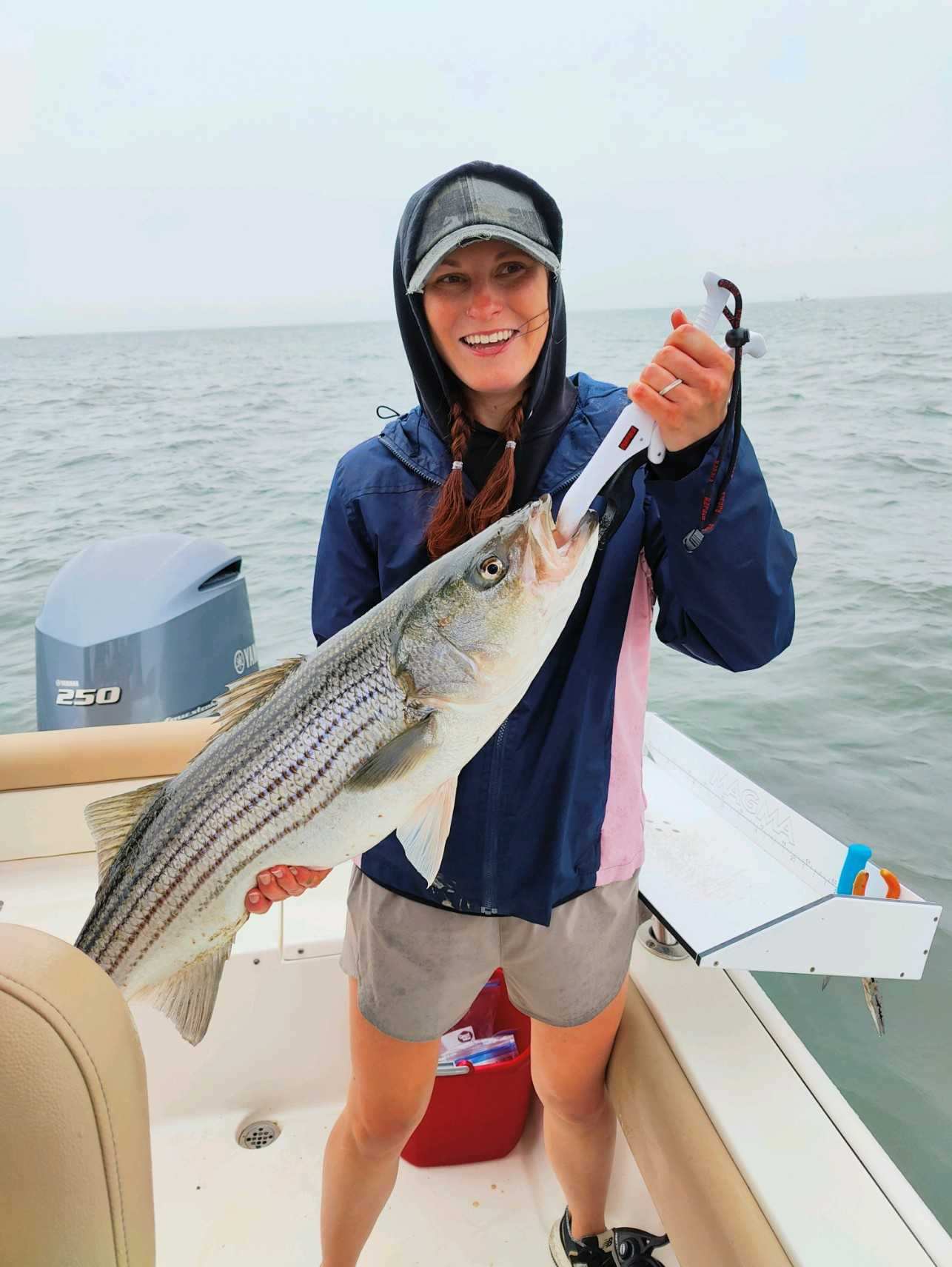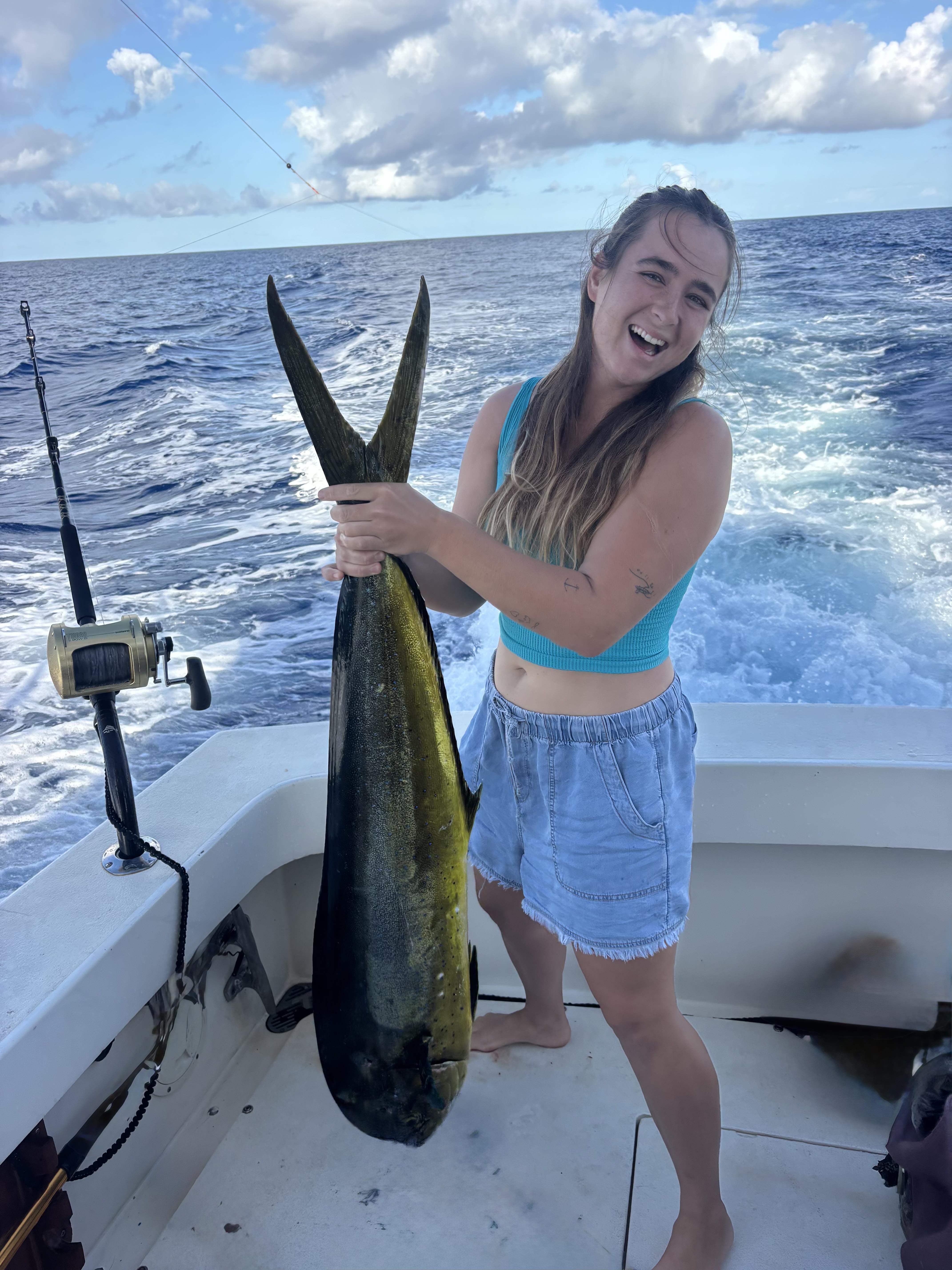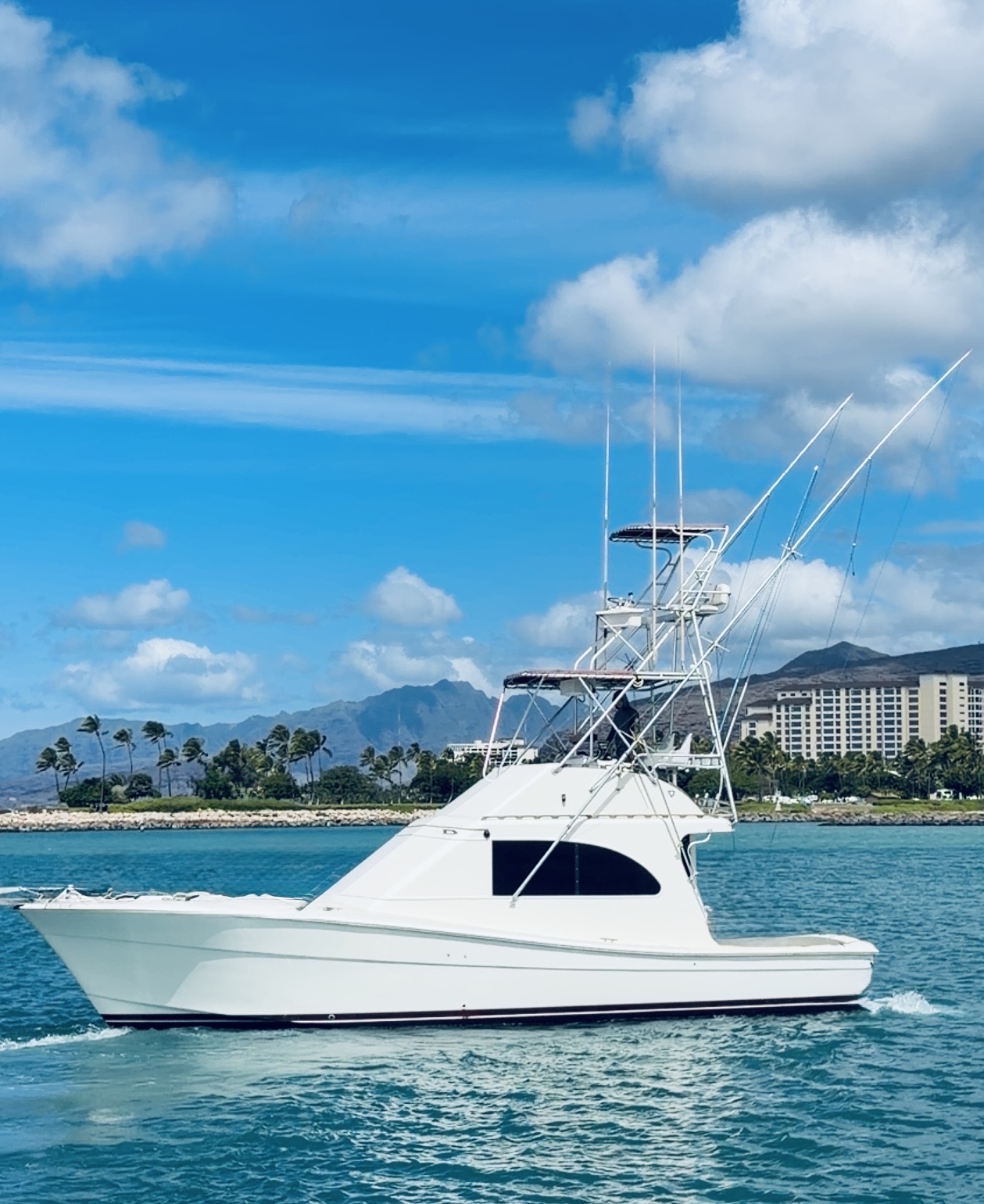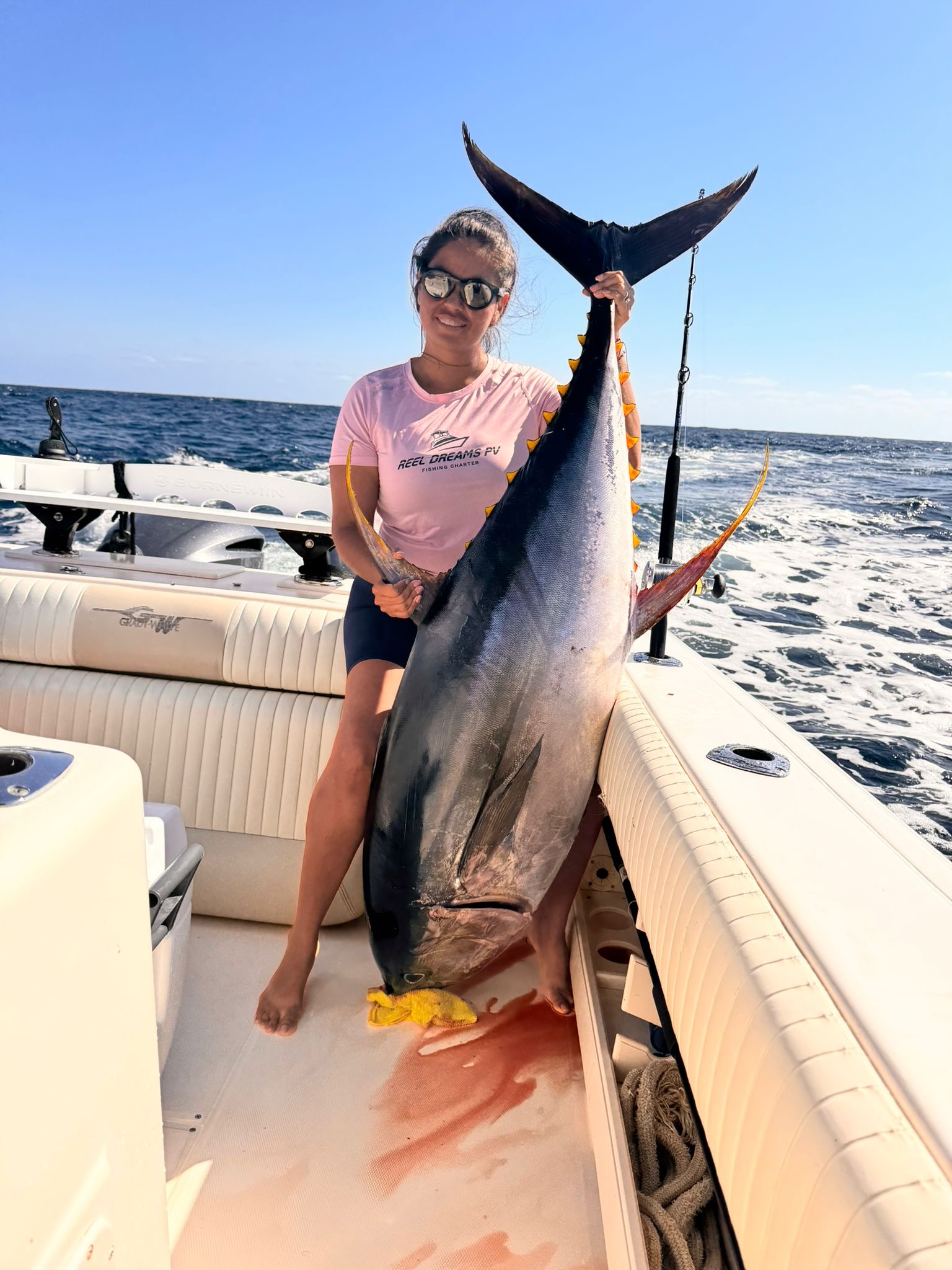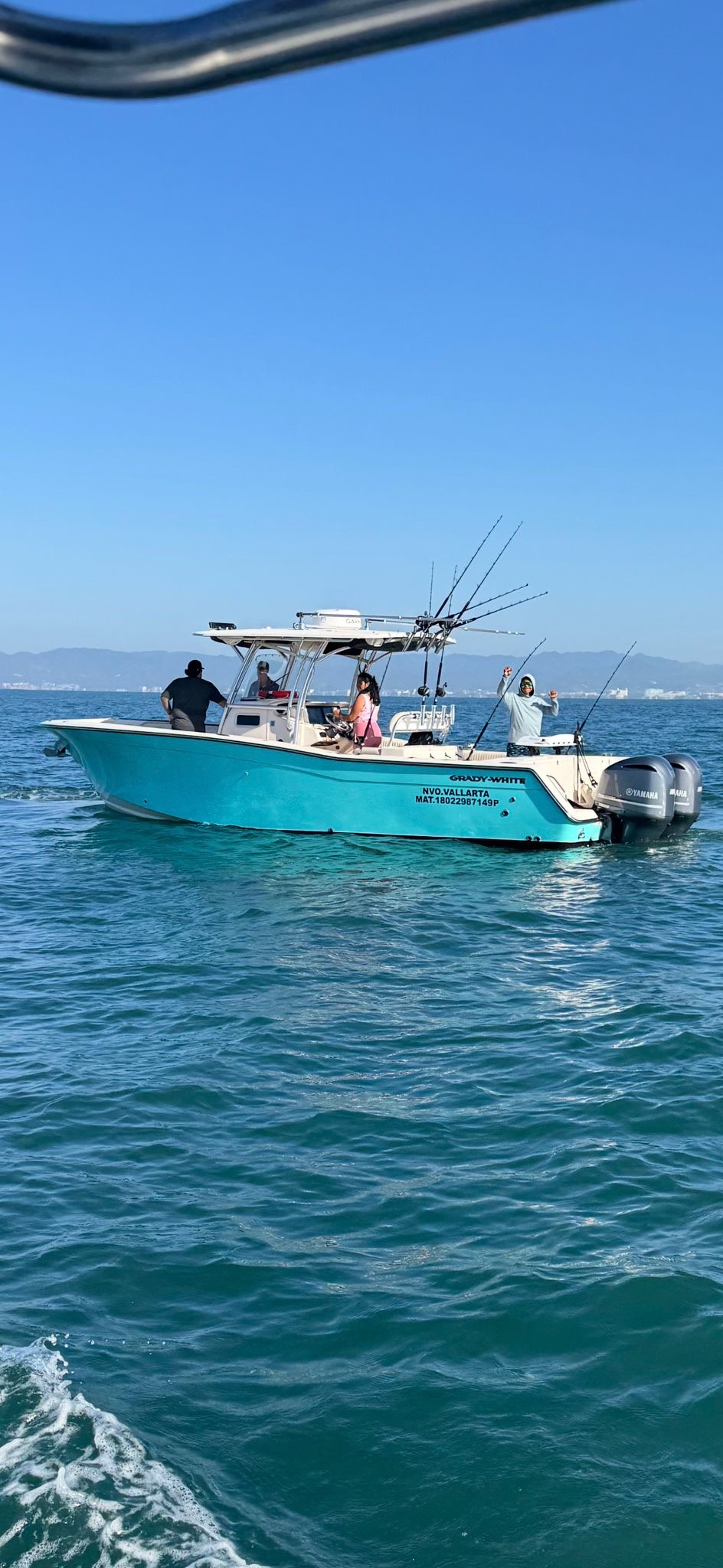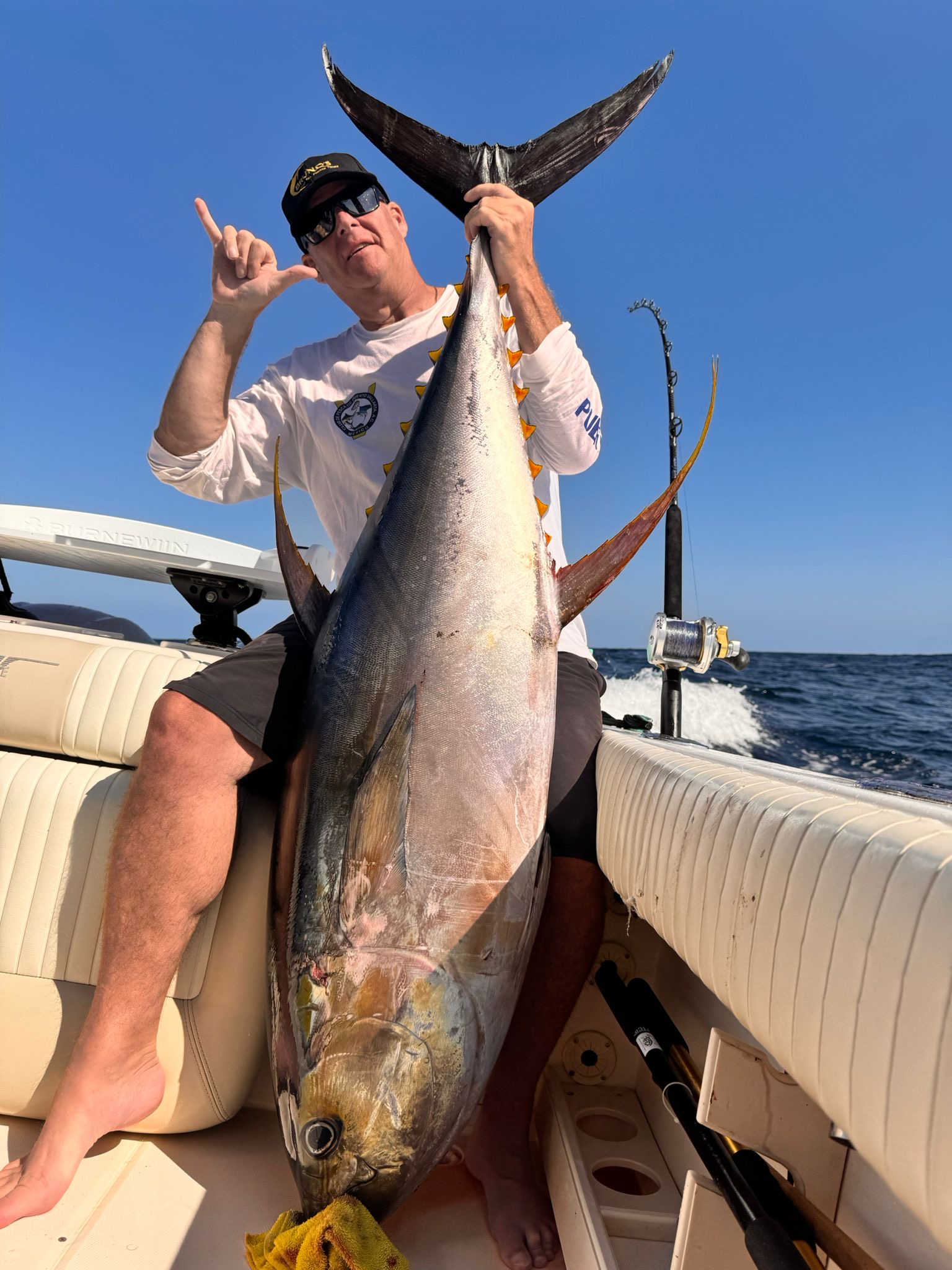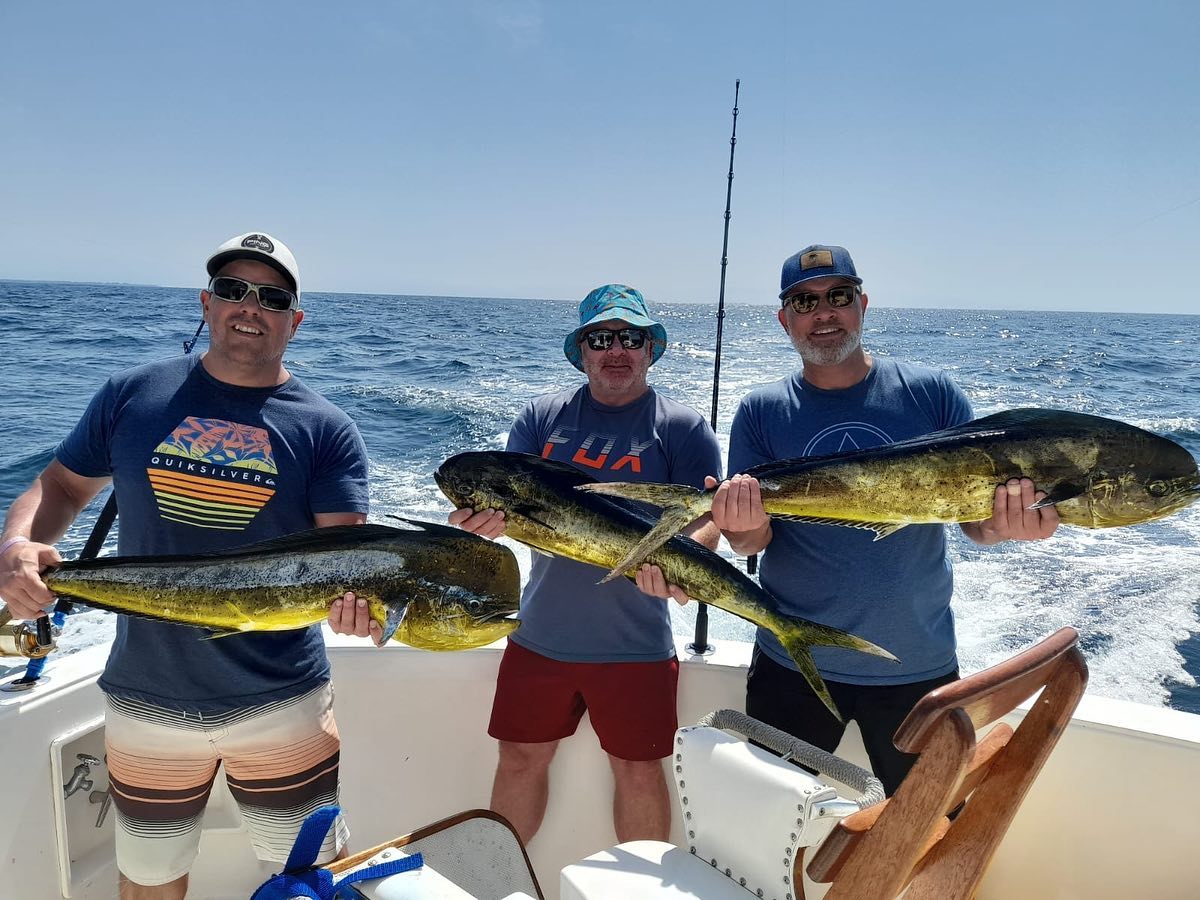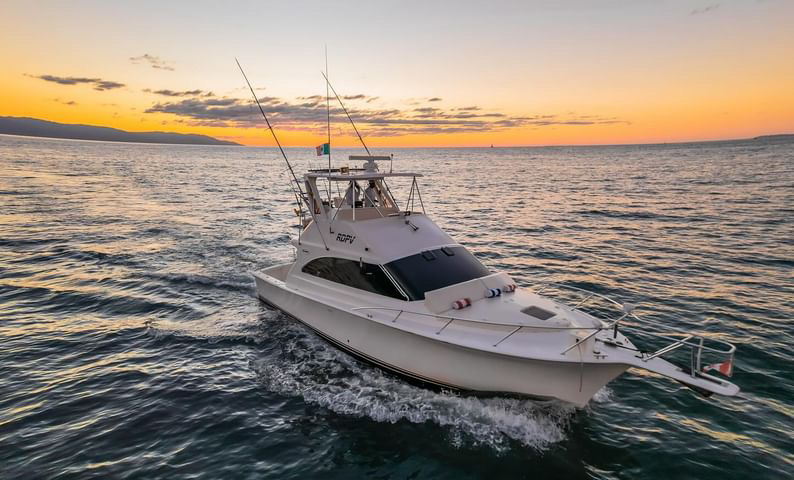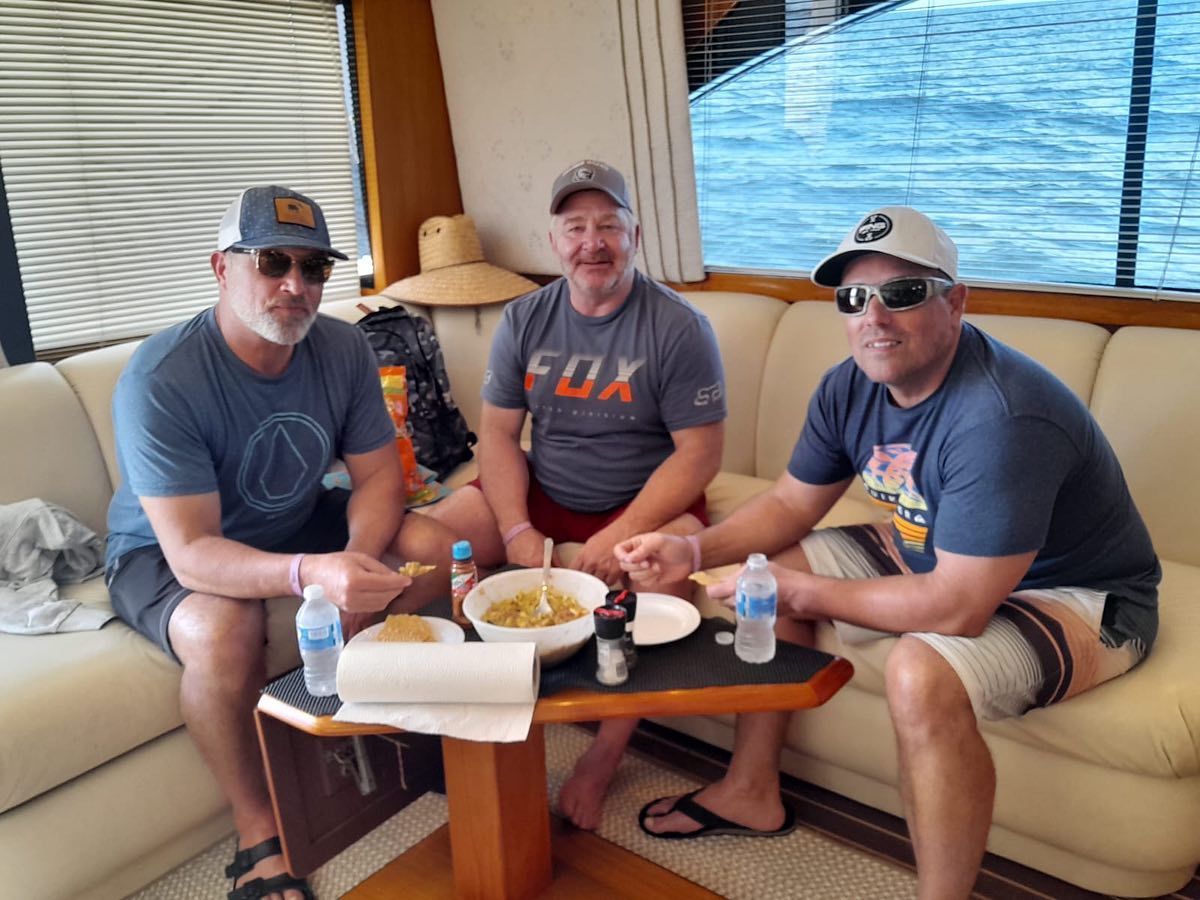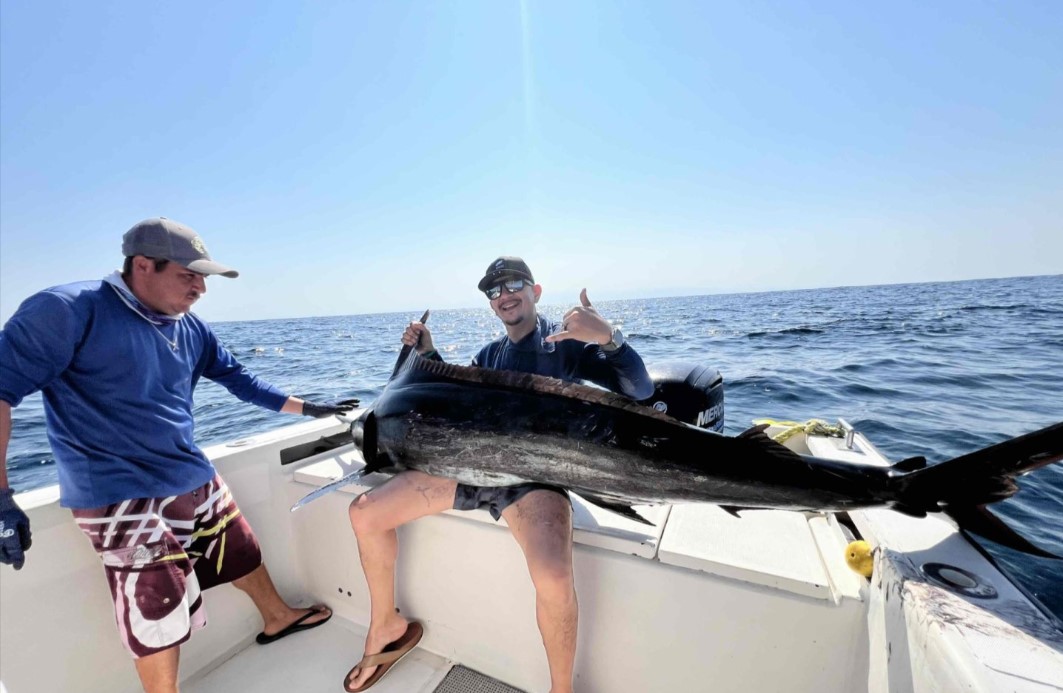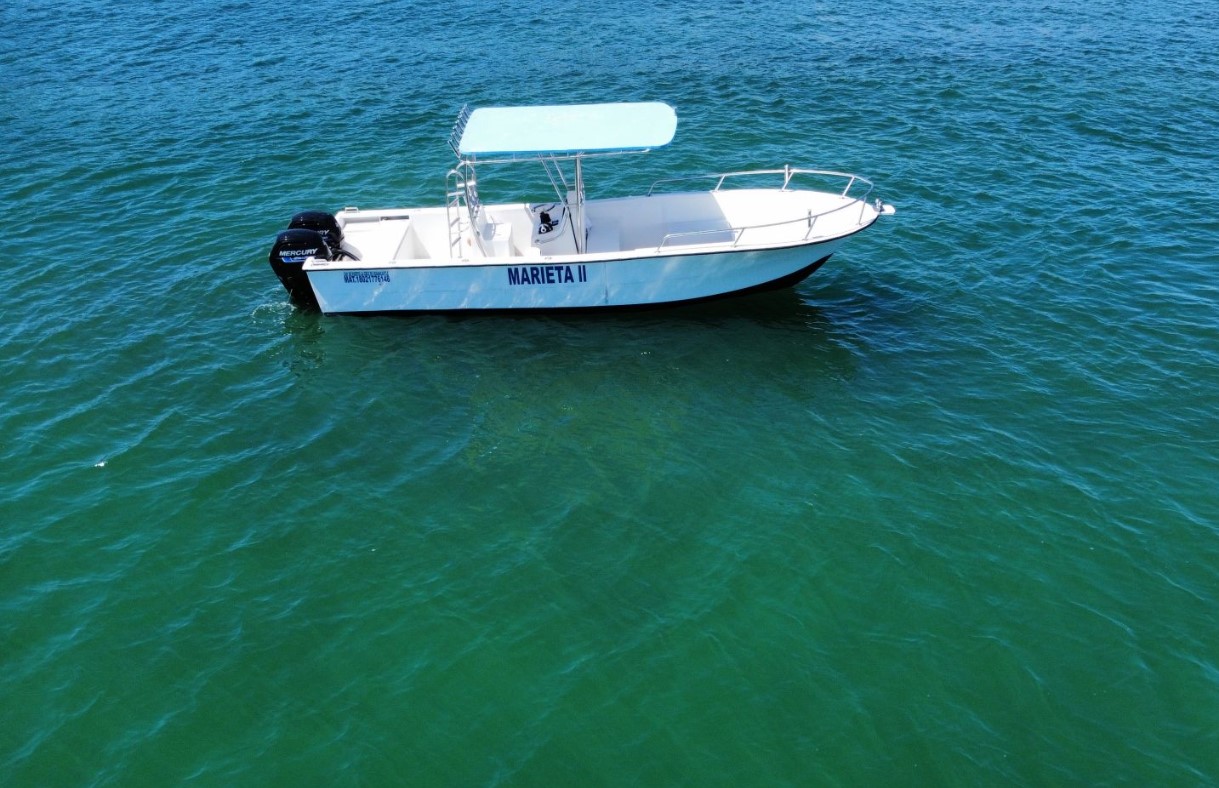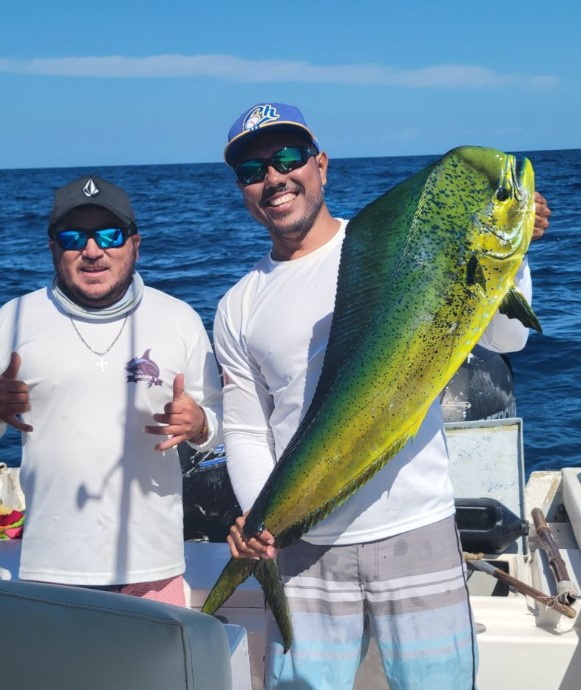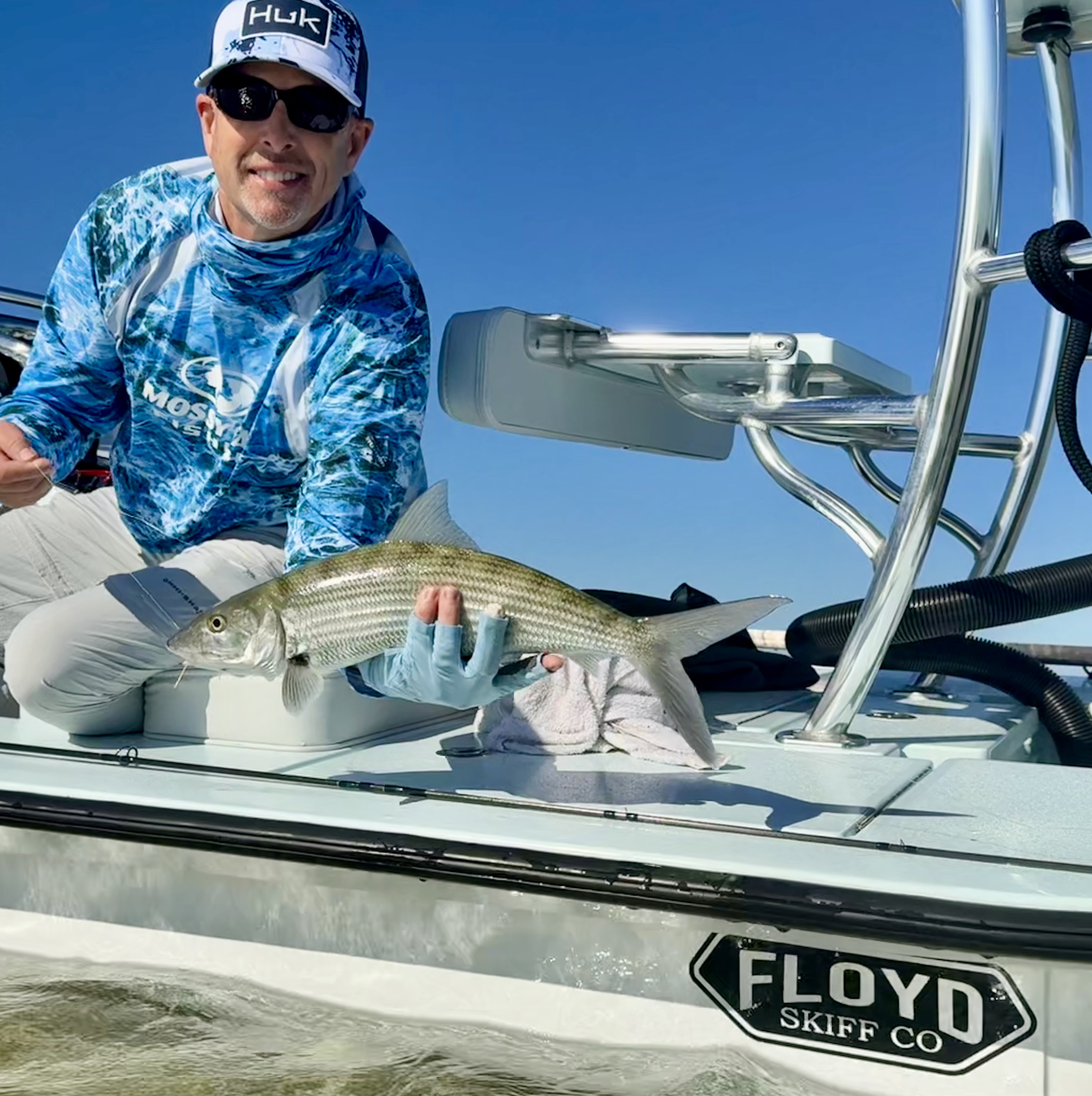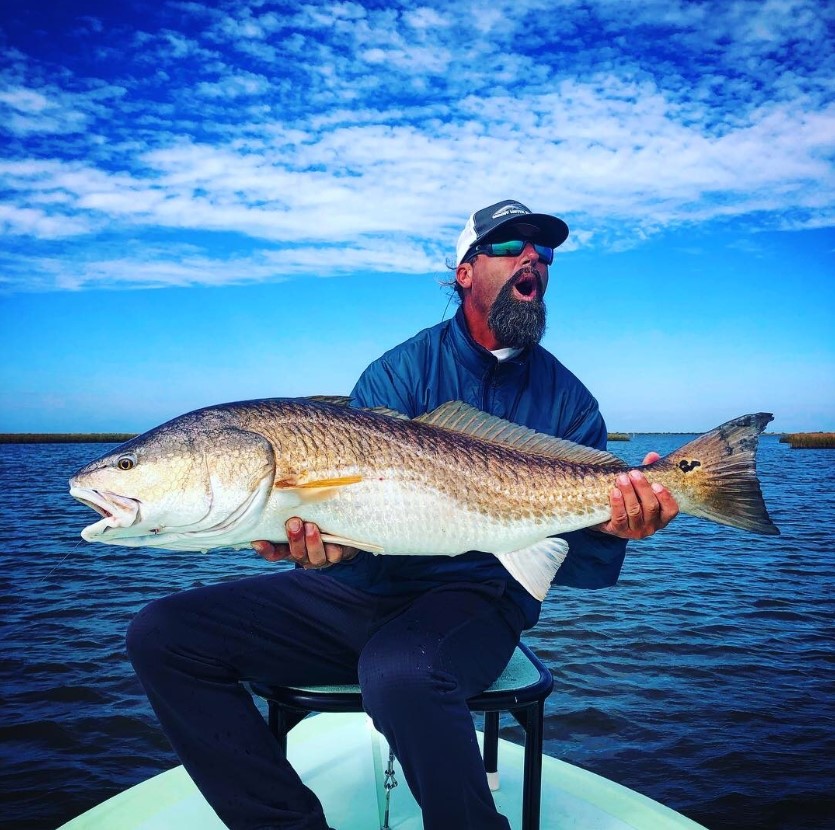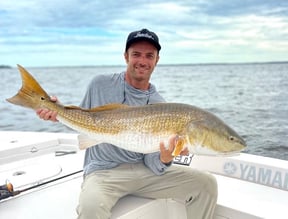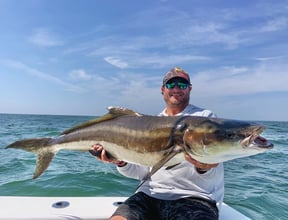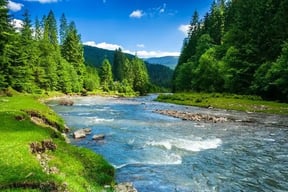Inshore, Nearshore, Flats in Tavernier
Sight Fishing Everglades Natl Park
Miami Peacock (4-8HR)
Lake Ida (4-8HR)
Inshore Fishing in Corpus Christi
Hook, Line & Memories Fishing Trip
Inshore, Nearshore Fishing in Clinton
5HR Trip PM Bottom/ Reef
Deep Sea Fishing in Kailua-Kona
Half Day Charter 4 Hours
Deep Sea Fishing in Puerto Vallarta
31 Ft Grady White Deep Sea Fishing
Inshore, Deep Sea Fishing in Cruz de Huanacaxtle
Luxury 40 Ft Yacht La Cruz
Deep Sea Fishing in Corral del Risco
5-8 Hour Offshore Trip
Inshore, Flats Fishing in Key West
4-8 Hour Inshore Fishing Trip
We started Captain Experiences to make it easy to book fishing and hunting guides around the world. With over 2,000 Damn Good Guides, our platform makes finding and booking a trip seamless. Head here to check out our trips.
Keeping Fish
Fishing began as a way for people to procure food but for most people living a modern life, it has become a sport or hobby. The change resulted in a split industry consisting of commercial fishing and recreational fishing. When everyone was fishing for food big fish were sought after but if there was food on the table it wasn’t important. In recreational fishing, food is only a part of the equation with more effort being put into catching big, powerful, elusive, and uncommon fish often referred to as trophy fish.

Harvesting Trophy Fish
Catching a trophy fish is an incredible experience with the added possibility of taking home some delicious filets. Unfortunately some of these fish have suffered population declines caused by overfishing and habitat degradation. These sought after fish are important to the environment and our industry but food, trophies, and stories also play a big part. Let’s dive in and break down the best practices for harvesting these trophy fish so you can make an informed decision about what to keep on your next trip.
Rules and Regulations Come First
When it comes to keeping and harvesting fish it’s important to always be aware of the rules and regulations for the area you plan to fish and the fish you plan to catch. Wildlife agencies have set limits in order to protect the resources that we all enjoy. Always adhere to the rules and regulations when deciding whether or not to keep a fish.
Keeping Fish for Food
As a general cooking rule moderately sized fish are best because they have a balance of both quality and quantity of meat. This is a compromise between two other general guidelines with the first being that smaller, younger fish have better meat. As fish grow older and larger they become more susceptible to parasites, bacteria, toxins, or other undesirable traits. The other rule is larger fish provide more meat when they are harvested. Keeping one average adult fish instead of five small fish is efficient and less wasteful but it doesn’t apply to trophy sized fish because of the reduced meat quality.

Toxins and bacteria have the highest chance of negatively impacting your life. Large trophy fish are older and consume more food to survive which often leads to a gradual buildup of toxins in their body. The most common of these toxins are heavy metals like mercury which can cause a long list of problems if you consume too much of the meat. Bacteria is able to embed itself in the flesh of this fish when the fish is sick, injured, or by poor meat handling after the catch. The most common effects of consuming meat that has bacteria is food poisoning but there are other more serious problems.
Size and Offspring Production
Many of the fish species that grow incredibly large release millions of eggs every year when they spawn. For many of these trophy species the females grow larger than the males and make up most of the large fish that get caught by anglers. When it comes to maintaining or rebuilding a fish population females are the most important especially the larger females because they can hold more eggs per pound.

A grander marlin is capable of releasing 100 million eggs every year compared to 30 million or less for marlin under 400 lbs. That’s that even though a 1,000 lb marlin is 2.5 times heavier than a 400 lb marlin it carries more than three times the eggs. As long as it’s legal in your area, you will have to decide if you want meat and pictures or to release the fish. It’s important to consider the status of that fish’s population and the impact of removing a large female from the breeding pool.
Should You Keep Trophy Fish?
When it comes to eating these giant fish the general answer is that you would be better off keeping a moderately sized adult. Many of these trophy fish weigh hundreds of pounds and beyond the potential meat quality issues, it’s a lot of food that may end up being wasted. The answer becomes more complex when it comes to conservation because it depends on whether that species has a strong population in that area. If the population is on the decline then your trophy fish is more valuable as part of the breeding population than on your plate. In some cases these fish are doing well and keeping one becomes a personal decision.

The pictures of massive fish hanging at the dock tend to look much more exciting than the pictures of similarly sized fish in the water next to the boat but killing one of these beautiful giants for a picture is wasteful. If a trophy is what you’re after you can measure these fish in the water and take some incredible pictures so they can be recreated by a taxidermist. This way the fish lives on to breed and rebuild but you have an amazing story with a trophy and pictures that will blow people away.
Joey Butrus
Updated on August 2, 2023

June 22, 2022

May 13, 2024

July 31, 2024

June 28, 2023

July 1, 2024
Related Articles
August 28, 2022
March 31, 2023
May 23, 2022
Featured Locations
- Fishing Charters Near Me
- Austin Fishing Guides
- Biloxi Fishing Charters
- Bradenton Fishing Charters
- Cabo San Lucas Fishing Charters
- Cancun Fishing Charters
- Cape Coral Fishing Charters
- Charleston Fishing Charters
- Clearwater Fishing Charters
- Corpus Christi Fishing Charters
- Crystal River Fishing Charters
- Dauphin Island Fishing Charters
- Daytona Beach Fishing Charters
- Destin Fishing Charters
- Fort Lauderdale Fishing Charters
- Fort Myers Fishing Charters
- Fort Walton Beach Fishing Charters
- Galveston Fishing Charters
- Gulf Shores Fishing Charters
- Hatteras Fishing Charters
- Hilton Head Fishing Charters
- Islamorada Fishing Charters
- Jacksonville Fishing Charters
- Jupiter Fishing Charters
- Key Largo Fishing Charters
- Key West Fishing Charters
- Kona Fishing Charters
- Lakeside Marblehead Fishing Charters
- Marathon Fishing Charters
- Marco Island Fishing Charters
- Miami Fishing Charters
- Montauk Fishing Charters
- Morehead City Fishing Charters
- Naples Fishing Charters
- New Orleans Fishing Charters
- New Smyrna Beach Fishing Charters
- Ocean City Fishing Charters
- Orange Beach Fishing Charters
- Panama City Beach Fishing Charters
- Pensacola Fishing Charters
- Pompano Beach Fishing Charters
- Port Aransas Fishing Charters
- Port Orange Fishing Charters
- Rockport Fishing Charters
- San Diego Fishing Charters
- San Juan Fishing Charters
- Sarasota Fishing Charters
- South Padre Island Fishing Charters
- St. Augustine Fishing Charters
- St. Petersburg Fishing Charters
- Tampa Fishing Charters
- Tarpon Springs Fishing Charters
- Venice Fishing Charters
- Virginia Beach Fishing Charters
- West Palm Beach Fishing Charters
- Wilmington Fishing Charters
- Wrightsville Beach Fishing Charters
